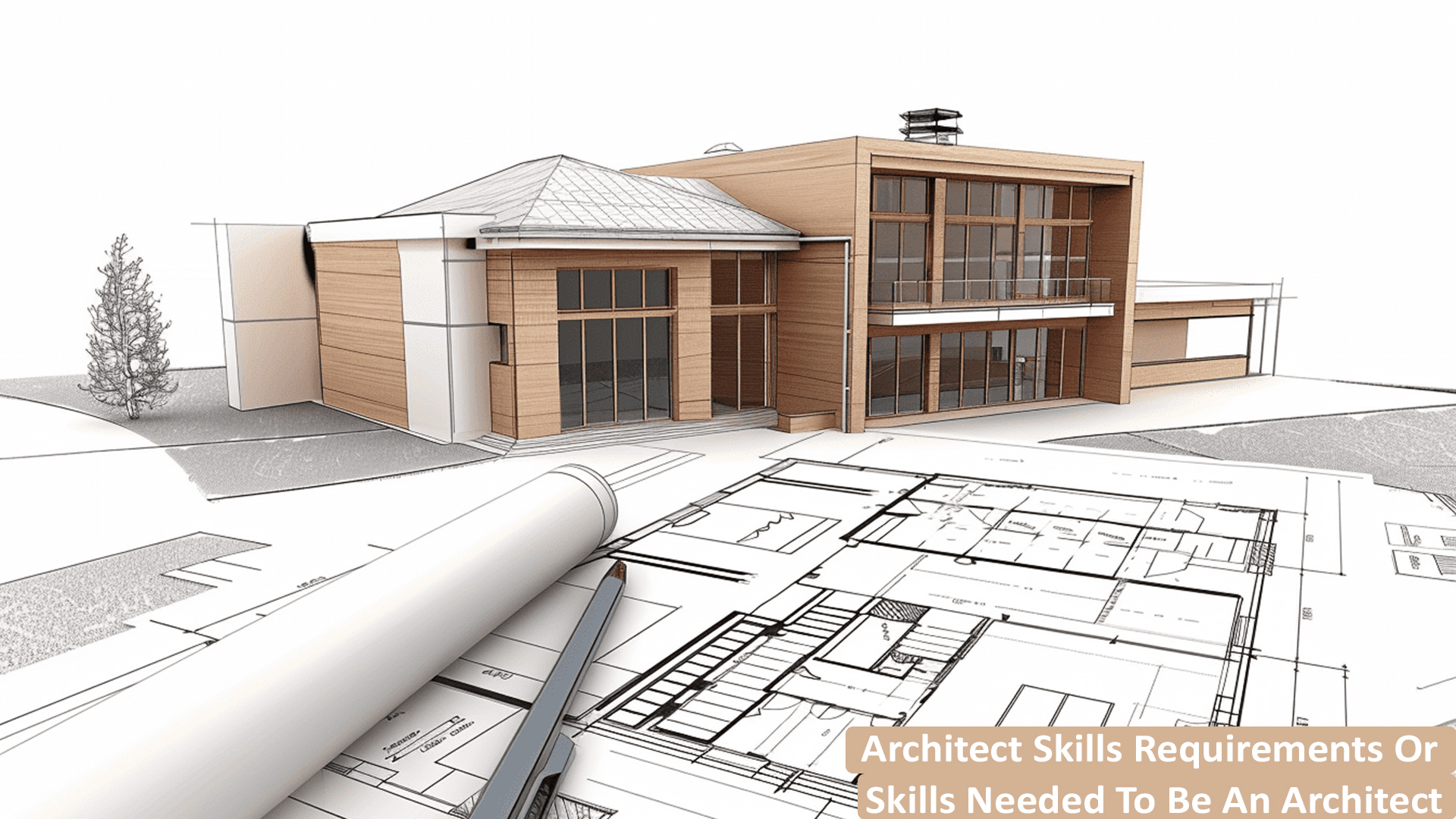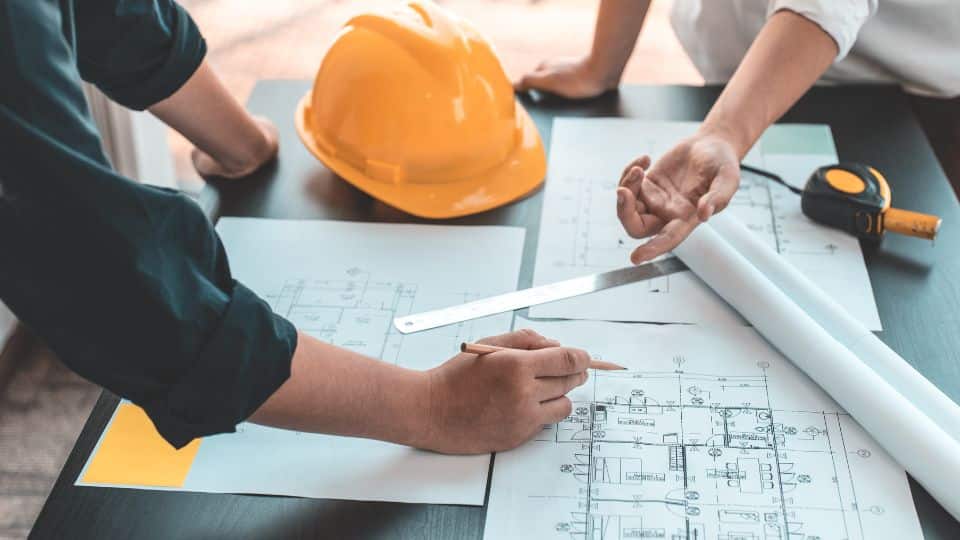Architect Recommended Software for 3D Modeling
Architect Recommended Software for 3D Modeling
Blog Article
Comprehending the Diverse Job Paths Available for Aspiring Architect
As a hopeful Architect, you have a world of job courses waiting for you. Whether you're drawn to conventional style or the subtleties of sustainable design, there's a niche that lines up with your interests.
Conventional Design: Creating Structures and Frameworks
Conventional style focuses on developing structures and frameworks that blend performance with aesthetic charm. Your designs can show social heritage, showcasing neighborhood traditions while meeting contemporary demands.
You'll develop skills in preparing, model-making, and website evaluation, permitting you to envision and communicate your concepts effectively. Involving with customers, you'll require to recognize their vision and convert it into feasible layouts.
Moreover, building codes and sustainability practices are important in your work, ensuring your structures are safe and environmentally pleasant. As you expand in your career, you'll discover possibilities in household, business, and even remediation tasks, each offering special difficulties. Welcoming standard style leads the way for a fulfilling occupation that admires the past while forming the future.
Urban Preparation: Forming Neighborhoods and Public Spaces
As a hopeful Architect, you can play an important function as a city coordinator, transforming just how communities work and communicate. By employing community involvement methods, you'll assure that homeowners have a voice in forming their setting. Plus, integrating sustainable layout principles will help develop spaces that not just satisfy today's needs but also protect the future.
Function of Urban Planners
While lots of may assume of designers as the single visionaries behind structures, metropolitan coordinators play an essential function in forming the wider landscape of neighborhoods and public rooms. By collaborating with different stakeholders, you'll assist create parks, transportation systems, and domestic locations that advertise social interaction and accessibility. Your competence in spatial design and area characteristics permits you to visualize future development while preserving cultural heritage.
Community Involvement Strategies
Effective community engagement techniques are important for metropolitan organizers to guarantee that the voices of citizens are heard and valued in the preparation process. To cultivate meaningful dialogue, you must prioritize open discussion forums and workshops where community participants can express their ideas and problems. Use studies and social media sites to reach a wider audience, ensuring varied viewpoints are consisted of. Teaming up with regional organizations can enhance count on and assist in deeper connections. It's vital to give clear info about suggested jobs and decision-making procedures, enabling citizens to feel informed and empowered. By proactively paying attention and including responses, you'll create areas that reflect the community's requirements, eventually causing even more effective and sustainable city settings. Embrace openness and continual dialogue for long lasting influence.
Sustainable Style Principles
When developing urban rooms, integrating sustainable layout concepts is essential for developing atmospheres that flourish both environmentally and socially. Consider incorporating eco-friendly spaces, like gardens and parks, to boost biodiversity and enhance air quality.
Creating with water conservation in mind is additionally essential-- consider rain yards and absorptive surface areas to take care of stormwater. Including area members during the planning process guarantees that the areas you create satisfy their needs and motivate social communication. By accepting these concepts, you'll contribute to lively, sustainable metropolitan landscapes that profit everyone.

Landscape Style: Producing Sustainable Exterior Atmospheres
As you explore landscape architecture, you'll uncover vital design concepts that produce stunning and practical outside rooms. Lasting techniques play an essential duty in guaranteeing these settings thrive while minimizing ecological effect. And also, you'll locate a range of occupation opportunities that enable you to make a real difference in how people communicate with nature.
Layout Concepts in Landscape
Comprehending style concepts in landscape architecture is vital for creating sustainable outdoor settings that balance with nature. You'll require to contemplate components like equilibrium, percentage, and range to ensure your designs feel natural and welcoming. Integrating indigenous plants not only boosts biodiversity yet also decreases water use, making your landscape durable. Think of the flow of space and how individuals connect with it; paths and seating areas must invite expedition and leisure. Additionally, focus on seasonal changes, creating with products that match the environments year-round (Architect). By focusing on sustainability and visual appeals, you can create exterior rooms that enhance the community and promote wellness. Accepting these principles will set a solid foundation for your profession in landscape design.
Lasting Practices Review
Lasting methods in landscape architecture not just concentrate on appearances however also prioritize ecological health and source preservation. By incorporating native plants, you enhance biodiversity and lower the demand for chemical plant foods and chemicals. Applying effective watering systems assists conserve water and minimizes drainage, shielding nearby ecological communities. You can create rooms that advertise dirt health, such as using organic products and exercising permaculture principles. Furthermore, integrating environment-friendly facilities, like rain gardens and permeable sidewalks, help in stormwater management and minimizes city heat. You contribute to a healthier earth and give areas that cultivate community link when you create outside atmospheres with sustainability in mind. Inevitably, these practices guarantee your layouts profit both people and the environment for several years to come.
Occupation Opportunities Expedition
With a strong foundation in sustainable techniques, landscape style uses a range of profession paths that allow you to make a meaningful impact on the setting. You might function as a landscape designer, creating aesthetically pleasing and useful exterior rooms, or concentrate on eco-friendly repair, aiding to restore damaged ecological communities. Urban organizers usually collaborate with landscape designers to develop environment-friendly spaces in city settings, improving city livability. If you're passionate regarding education and over here learning, take into consideration ending up being a landscape design teacher, motivating future generations. In addition, you may deal with nonprofits concentrated on ecological sustainability or take part in research study to innovate new methods. Each course not only shapes stunning atmospheres yet likewise fosters a healthier planet for future generations.
Sustainable Layout: Concentrating On Eco-Friendly Practices
As you explore your career in design, embracing green methods can establish you apart in a competitive area. Lasting style concentrates on developing structures that reduce environmental effect while improving resident wellness. By including sustainable materials, energy-efficient systems, and sustainable building techniques, you'll add to a greener future.
Begin by obtaining expertise of eco-friendly accreditations like LEED or BREEAM, which can strengthen your qualifications. Consider how all-natural light, air flow, and thermal effectiveness can optimize style. Collaborate with engineers and ecological professionals to introduce services that reduce waste and save sources.
Do not neglect the importance of area participation-- interesting neighborhood stakeholders can motivate styles that balance with the atmosphere. As clients increasingly focus on sustainability, your proficiency in eco-friendly practices will certainly not just draw in projects however also meet your passion for responsible design. Accept this essential element of the career, and watch your occupation prosper.
Historical Conservation: Protecting and Bring Back Social Heritage
While you commence on your architectural journey, consider the crucial duty of historic conservation in preserving our cultural heritage. This area concentrates on the security and restoration of substantial buildings, websites, and frameworks that inform the stories of our past. By taking part in historic preservation, you'll assist guard the architectural legacy that forms neighborhood identity.
As a historic conservation Architect, you'll evaluate historic importance and examine the problem of frameworks. You'll function carefully with conservationists and historians to guarantee authentic reconstruction strategies are utilized. This career course enables you to mix creativity with research study, enabling you to make solutions that value initial products and craftsmanship.
Your job not just adds to sustainability by reusing existing buildings yet also promotes a feeling of satisfaction within neighborhoods. Welcoming this path will aid you come to be a guardian of background, preserving the stories and aesthetic appeals that enrich our lives.
Inside Architecture: Enhancing Indoor Spaces
Historical conservation and interior architecture both share a dedication to boosting the constructed setting, however they concentrate on various aspects. While historical preservation highlights keeping a structure's historic and cultural worth, indoor style zeroes in on enhancing interior areas for capability and looks.
As an aspiring Architect, you'll locate that indoor design enables you to blend imagination with technical skills. You'll create areas that not just look great however likewise promote comfort and efficiency. This field involves recognizing just how light, shade, and materials communicate within an area, impacting mood and usability.
You'll work with numerous jobs, from household homes to industrial offices, guaranteeing that each atmosphere meets the requirements of its residents. By prioritizing individual experience, you can transform interiors into functional and motivating areas, making a substantial effect on exactly how people connect with their environments. Accept the chance to enhance interior settings and form the method people live and click this link work.
Industrial Style: Merging Capability With Aesthetic Appeals
Industrial design plays an important role in creating items that perfectly mix visual appeals with performance, guaranteeing that what you make use of everyday is not just visually enticing but likewise practical. As a hopeful Architect, you could involve on your own in this field, concentrating on developing whatever from furnishings to consumer electronic devices. Your job includes recognizing user requirements, products, and producing procedures, allowing you to produce innovative remedies that improve day-to-day experiences.
In commercial style, you'll typically collaborate with marketing professionals, engineers, and manufacturers, making certain that your styles are not just lovely however also possible. You'll discover to stabilize kind and feature, focusing on functionality without compromising design. By developing your skills in sketching, 3D modeling, and prototyping, you'll be fully equipped to bring your ideas to life. This profession path offers a vibrant setting where creative thinking satisfies usefulness, making it a fulfilling choice for engineers interested in forming the items of tomorrow.
Regularly Asked Concerns
What Educational Qualifications Do I Required to Become a Designer?
To come to be a designer, you'll require a professional level in architecture, typically a discover this Bachelor's or Master's. In addition, you'll have to finish an internship and pass the Architect Registration Examination to practice legally.
Are There Certification Requirements for Various Building Career Paths?
Yes, there're accreditation needs for various architectural courses. Architect. You'll need to pass examinations, complete internships, and occasionally go after specialized training, depending on your selected emphasis, like landscape architecture, metropolitan layout, or historic conservation
What Software Application Abilities Are Essential for Designers Today?

How Can I Gain Practical Experience While Examining Architecture?
You can obtain practical experience by interning at architectural firms, taking part in design competitions, volunteering for community projects, or teaming up with schoolmates on real-world projects. These opportunities boost your skills and build useful connections in the sector.
What Task Opportunities Exist Outside Typical Design Firms?
You can explore different job possibilities outside standard architecture companies, like urban preparation, interior layout, landscape architecture, building and construction administration, real estate advancement, or perhaps functions in sustainability consulting. Each deals special challenges and rewards.
Whether you're attracted to traditional design or the subtleties of sustainable style, there's a specific niche that straightens with your interests.When making urban rooms, incorporating lasting design principles is crucial for developing atmospheres that grow both ecologically and socially.As you check out landscape design, you'll uncover important style concepts that create practical and attractive outdoor areas.Recognizing style principles in landscape design is necessary for creating lasting exterior atmospheres that balance with nature.In industrial design, you'll often work together with designers, marketing professionals, and producers, making sure that your styles are not only stunning however likewise possible.
Report this page